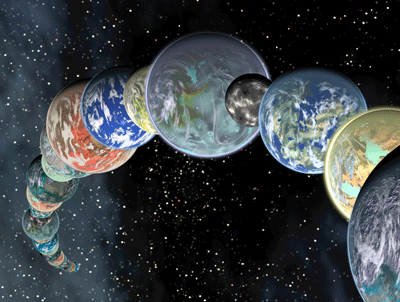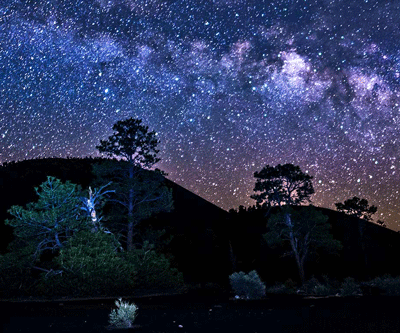Compositional Diversity of Rocky Exoplanets
To test whether exoplanets are similar to Earth, knowledge of their host star composition is essential. Stellar elemental abundances and planetary orbital data show that of the ~5,000 known minerals, exoplanetary silicate mantles contain mostly olivine, orthopyroxene, and clinopyroxene, ± quartz and magnesiowüstite at the extremes, while wholly exotic mineralogies are unlikely. Understanding the geology of exoplanets requires a better marriage of geological insights to astronomical data. The study of exoplanets is like a mirror: it reflects our incomplete understanding of Earth and neighboring planets. New geological/planetary experiments, informed by exoplanet studies, are needed for effective progress.
Compositional Diversity of Rocky Exoplanets Read More »



